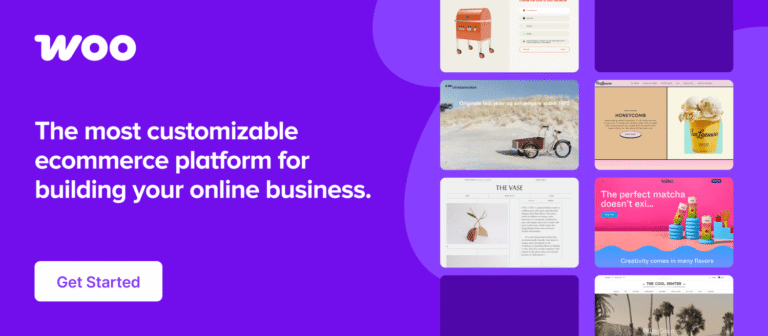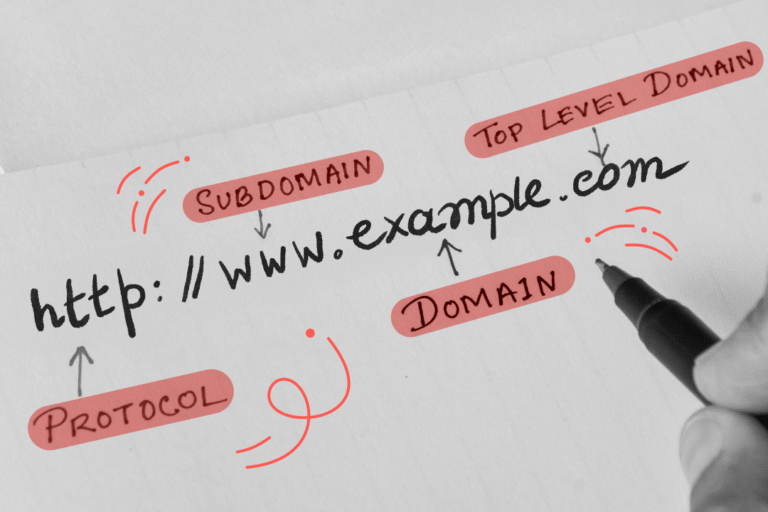While your lawyer should also be able to help draft your website’s terms and conditions and privacy policies, laws can change and so can the content of your site. Updating your policies regularly can become a bit of a chore. There should be multiple ways for your site visitors to find the product they’re looking for or the solution to their problem. No ecommerce checklist would be complete without asking the following financial questions:Make sure that, on your shop and category pages, customers can easily tell your products apart, understand what each one is, and know how to find out more information. Create filters based on price, color, brand, etc. that will help your customers narrow down your product list. Include category descriptions on your category pages so shoppers know they are in the right place.

Next on the checklist is making sure crucial functionality on your ecommerce website is working correctly. It doesn’t really matter if your ecommerce site looks beautiful and is easy to navigate if it doesn’t actually work! Check your payment gateway settings in WooCommerce → Settings → Payments and make sure they’re enabled and connected to your store. Review your accepted payment methods to make sure you’ve enabled the right ones for your store. In your payment gateway account, itself, you’ll want to ensure that your business’ bank account is connected to your payment gateway account.When a customer has your ecommerce website open on one tab and 32 other tabs of cat videos at the same time, you want to make it easy for them to get back to your store.You should also ensure that the display of any blocks, pages, or elements that may be managed by other extensions match your brand identity, as those sometimes come with their own default styles.If you want visual customization of emails along with advanced email and SMS marketing capabilities, check out Klaviyo.
Unlimited options and potential — only on open source
Does the correct message appear? Make sure an appropriate error message appears so the customer knows what the issue is.Caching is a process that temporarily stores copies of data in a location that allows for quicker access compared to retrieving it from its original source. Basically, it speeds up load time. Your host may implement server-side caching, but you can also use extensions like Jetpack or WP Super Cache to help your site load faster.Add your full brand story to your About page and sprinkle highlights and excerpts of it (e.g. “Building sustainable play equipment since 1977”) on other prominent areas of your website like your homepage, product pages, and even purchase receipts.GDPR is a law concerning data handling for European residents. This applies to you if you sell to anyone in the E.U., even if you’re not located there. Spend some time familiarizing yourself with it and adjust policies if needed. You can learn more in our GDPR article hub.

If you have a large number of pages or have migrated your store over from a different ecommerce platform, you might want to run a scan using Broken Link Checker to find and update orredirect all your broken links. Make sure to disable and delete the plugin when you’re done, as it can be a drag on performance.It’s important for your customers to know whether or not you accept returns and what the terms are. Outline how long customers have to make a return, the required condition of the product, how refunds will be received, and who will pay for shipping.But if you’re planning to create an ecommerce store that you can retain maximum control over and that can affordably grow with your business over time, an open source ecommerce platform like WooCommerce (which powers over 43% of all ecommerce websites) is the better choice.
- WordPress.com: Perfect for entrepreneurs and small business owners.
- Pressable: A customizable solution best for growing and mid-market businesses.
- WordPress VIP: Best for enterprises — they host some of the most-visited websites in the world.
In addition to your meta descriptions, you might also want to add rich snippets to your web pages. These snippets rely on specific HTML that lets you display things like reviews, product price, product carousels, business hours, and more in search results, helping your site stand out from competitors.
Can your host handle plenty of traffic without reducing performance?
This might not be an issue for a small to medium-sized store, but growing ecommerce websites will benefit from the additional resources that VPS and dedicated hosting can provide.Fast load times are crucial for ecommerce stores. Look for hosts that use SSD storage, content delivery networks (CDNs), server-side caching, and other performance optimizations. Keep in mind that shared hosting can be slower than VPS or dedicated servers because you share the server with other websites.
Is your hosting easily scalable?
There are a lot of different types of web hosting out there — shared hosting, VPS, cloud hosting, managed hosting, etc. — so if you’re not sure which type of hosting to choose, read our detailed guide to choosing the right WooCommerce web host.

Does your web host specialize in WooCommerce?
Don’t forget to check your link behavior, too. Most internal links you’ll want to open in the same tab, but if you’re linking to external sites, you’ll want them to open in a new tab so your visitors aren’t transported away from your site completely.
Does your hosting plan deliver on speed and performance?
When prospective customers visit your online store, you want your web pages to make a statement. Your store should get their attention, demonstrate professionalism, and show that your products are top-notch.Whether you’re expanding into new markets, replatforming for scalability, or even starting your online business, a structured launch process minimizes risk and ensures your shop is optimized from day one. This comprehensive ecommerce website launch checklist will keep you from getting that, “What did I forget?” feeling.
Does your host have a 100% uptime guarantee?
For more involved ecommerce sites with a large variety of products, make sure that your navigation menu is organized intuitively and that your products are categorized in a way that makes sense. Use mega menus with image thumbnails to highlight specific products and popular product categories.Additional product details you might want to add include whether or not the product ships separately, is eligible for a discount, is a limited edition, requires specific care or storage, or requires a minimum order quantity (MOQ).
Is your web host PCI compliant and do they offer robust security features?
When a customer logs in, you want them to be able to easily access important information like their order history, billing information, available downloads, and order tracking numbers. Review your customer account dashboard page and make sure that it contains what your customers are looking for.
Is customer support exceptional?
Do you know which social media channels you’ll be using to advertise your products? There are a lot of different platforms and not all of them will be the right fit for your business. Don’t spread yourself too thin or focus on a platform where your target customers don’t spend their time. Not sure which platforms you should choose? Check out our guide to choosing the right social media platforms for your store.
Is the admin interface easy to use?
No marketing plan is complete without an email marketing strategy. In fact, email marketing drives more and more global revenue each year.
Are backup services included in your hosting plan?
Last, but not least on your ecommerce website checklist: double-check (if not quadruple-check!) that you are legally compliant.So how do you know when you’re ready for your ecommerce website launch? You make a checklist.

User-generated images and videos on your product pages can also be a great way to build brand trust. These don’t have to be as high quality — they just need to be informative, from verified customers, and if they are funny or feature dogs, cats, or a banana for scale, even better!Go through your checkout process in its entirety, from adding a product to your shopping cart, applying a discount code, choosing a shipping location, and making a payment. Check each of your payment methods if you have more than one. Also try checking out and putting incorrect information in — the CVV on your credit card, for example.
Do you have a custom domain?
However, relying on your host alone leaves a massive gap in your security and recovery options. You also need your own real-time, off-site backup system so you can always get back online right away — even if your site is completely down or the problem stems from your host. Consider Jetpack VaultPress Backup for a best-in-class solution. First and foremost, you should make sure that usernames and passwords work for your ecommerce store admins, shop managers, and customers. Next, check to see that your users are all assigned the correct role and access permissions.
Are your branding elements and colors consistent?
The very first thing on your ecommerce launch checklist should be making sure you’re using the best ecommerce platform. It’s important that you always keep your theme, plugins, and WordPress software up-to-date. Old versions are much easier to hack into. If you’d prefer not to worry about it, just set up auto-updates in your dashboard.

Are your images and videos high-quality?
You are launching an online store, after all, so you want to make sure you have the correct inventory count, a way to manage and track that inventory, and that your shipping methods are set up and priced correctly.Terms and conditions lay out the rules of conduct between you and your website visitors that must be followed if they want to purchase your products. To add a checkbox for customers to agree to your terms on your checkout page, navigate to WooCommerce → Settings → Advanced and select a Terms and Conditions page.
Does your website look great on high resolution displays and mobile devices?
Erika focuses on experiential marketing and demand generation at Woo. When she’s not making cookies and visiting every bakery she comes across, she can be found creating experiences and programs that bring the Woo brand to life.A favicon is the icon that appears in the browser address bar and bookmark list. A recognizable favicon makes it easy for your customers to find you again after they’ve navigated away to another tab. If you don’t ask your customers to purchase, why would they? Use button colors that pop on the page and choose actionable language — “Buy Now,” “Shop Tees,” or “Find the Right Size.”Not satisfied with the search results? Check out extensions like Jetpack Search to add to the experience.

Do you have a brand story?
Proprietary ecommerce platforms include Shopify, Wix, and BigCommerce (and there are others). When you sign up with one of these companies, your organizations become subject to many more restrictions than if you build your ecommerce business around an open source solution. If you like all of the bureaucracy and red tape that come with big companies, you’ll love these proprietary platforms. More importantly, an open-source platform allows you to pick and choose the services and tools you invest in without forcing you to sign up for a plan and pay for more than you need.Open source solutions don’t have software-specific restrictions on your products or content, they offer you the freedom to be able to extend and customize your ecommerce store more easily, and don’t require that you sign a contract granting them use of your intellectual property.Make sure you’ve done some research on pricing for products similar to yours. Don’t be afraid to start off by skewing higher — you can always bring your prices down, but once shoppers get used to lower prices it can be difficult to raise them drastically and retain customers.
Are your products and other content easy to find?
These are effective methods of increasing average order value, so you want to make sure they’re set up correctly. You can do this on each individual product page by going to Product Data → Linked Products. View a more thorough tutorial here.If you don’t grab your potential customers’ attention in the first few seconds, they’ll leave — 55% of people spend less than 15 seconds on a website. Once you have their attention, the next most important thing is to encourage customers to click through to where you ultimately want them to go.If your online store sells to multiple countries, you’ll want to provide customers the ability to view products in their local currency. Make sure that the currency conversions are accurate for products, shipping, taxes, and any checkout add-ons.

Erika EllacottThe only thing better than 99.99%? Pressable offers WordPress-specific hosting with a 100% uptime guarantee.At the very minimum, you should price your products so that the retail price covers your cost of goods (COGs) and includes a certain percentage of profit. But profit margins can vary widely across industries and if your products are niche or luxury goods, markups can be significantly higher than more ubiquitous products.
Have you read your product descriptions?
Tools like Conversion Tracking Pro for WooCommerce can seamlessly connect your store to your various advertising platforms and help you track analytics all in one place.Want professional support? If you aren’t already working with an agency, check out our vetted Woo agency partners who have been through the launch process many times and can provide guidance to set you up for ecommerce success.
Do you use clear calls to action?
Which online store would you rather shop at? One with a domain name of best-dog-clothes-2.angelfire.lycos.com or one called woofandwiggle.com? We’re betting it’s the second choice. Long, non-branded urls feel inherently untrustworthy. They can also cause brand confusion. Can you really be sure you’re on the right website when the domain name doesn’t match the name of the company?
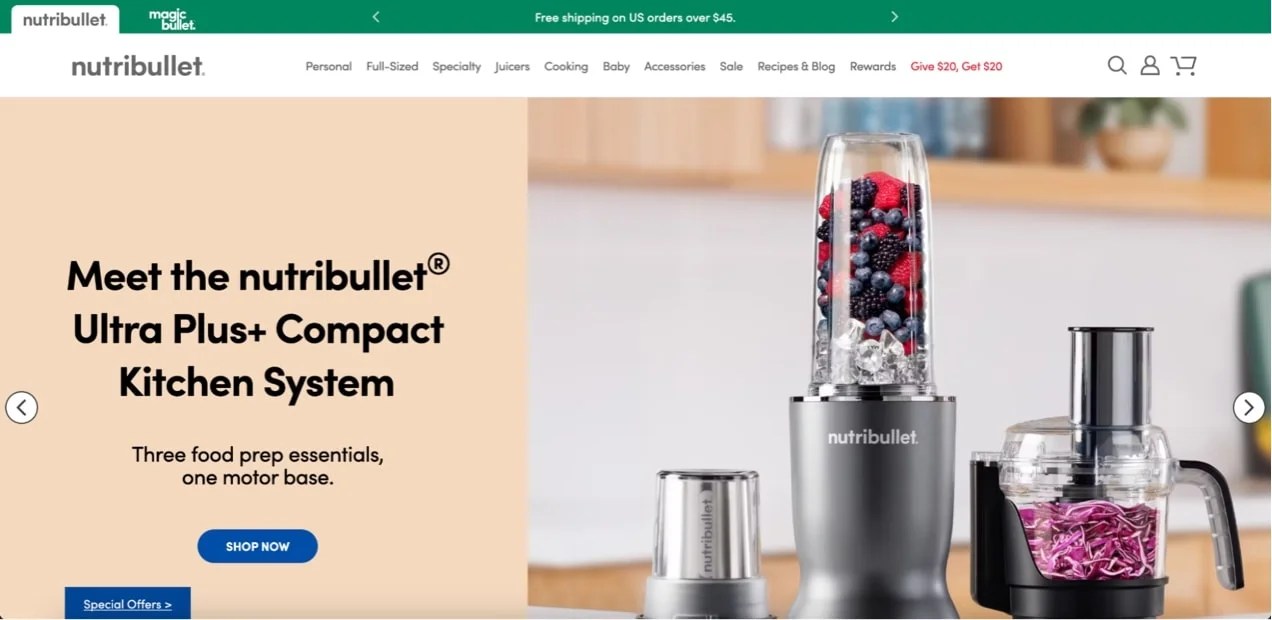
Can your cart and checkout pages be easily accessed?
Some hosts offer managed WordPress hosting that’s optimized especially for ecommerce platforms like WooCommerce. If you’re building a WooCommerce store, you may want to consider a host that has a good deal of experience hosting WooCommerce sites.
Is your checkout streamlined for best conversion rates?
A user-friendly control panel can make managing your site much easier. Many hosts offer cPanel or Plesk for managing your site’s files and database. If you choose a managed WordPress hosting plan, your host will have their own custom-built admin interface that you will use to manage your website.
- Minimizing the number of steps and form fields required at checkout: Ask only for essential information and consider enabling a guest checkout option to avoid mandatory account creation, which can deter customers.
- Implementing a one-page checkout: This reduces time to completion — a boon for conversions.
- Designing your shopping cart page and checkout to be distraction-free: This means removing navigation menus, product suggestions, and other elements that might divert a shopper’s attention.
- Offering multiple, trusted payment options: This includes popular gateways like PayPal, Stripe, and local payment methods, to cater to a wider audience.
- Allowing customers to save their payment method for future purchases: This makes the checkout process much easier for returning shoppers.
- Allowing guest checkout for customers who prefer not to create an account: Avoid turning away those who don’t have time or simply don’t want to share a ton of information.
- Ensuring that the checkout page is mobile-friendly: See how the checkout page looks on devices — from small phones to large desktops.
- Displaying clear and upfront information about shipping costs, taxes, and delivery times: This helps build trust and reduces last-minute hesitations.
Is your contact information accurate and visible?
The last thing you want is for your new website to be hacked and your customers’ information compromised after you launch. That’s why it’s important that you take the right steps to secure your online store!
Is your customer dashboard easy to use?
In addition to the default WordPress admin, editor, and subscriber roles, WooCommerce has a built-in shop management user role and customer user role. You may want to assign more granular permissions to certain staff users with an extension like User Roles Editor, or gate access to specific content or products based on membership status with WooCommerce Memberships.
Do you have a favicon?
After a purchase, what happens? Do you get a notification that an order was placed? Does the customer get an order confirmation? Make sure all of these processes are in place and work with a transactional email service provider to help guarantee email delivery.Regardless of the exact hosting type you decide on, make sure your ecommerce website is hosted with a provider that can accommodate your store’s needs today and into the future. Make sure you can answer the following questions:
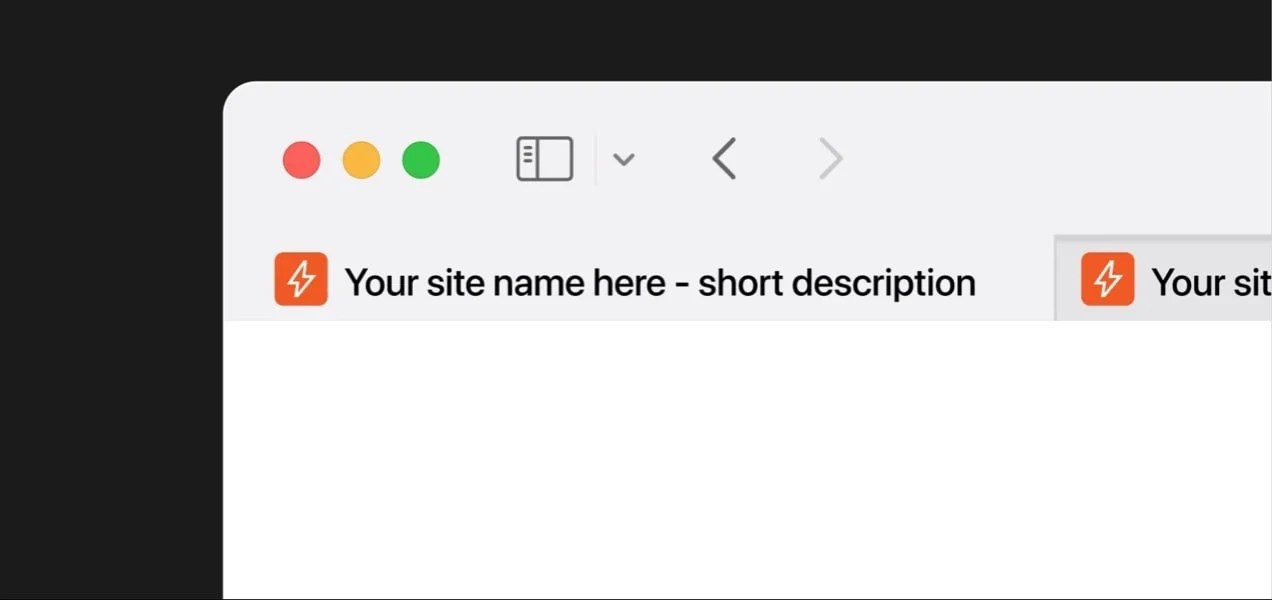
A firewall protects your WordPress website from incoming malicious attacks. Jetpack Security is an excellent option, built by the people behind WordPress.com. Not only does it provide a firewall, but it also offers a comprehensive suite of security tools like real-time backups and downtime monitoring.
Do all of your links work?
As the saying goes, “Measure twice, cut once.” It’s better to get as much as possible right before you launch so that expensive mistakes don’t haunt you later on.Your URLs should be concise and definitive. This helps people and search engines understand exactly what your product page is about. For example, it’s much easier to understand what www.example.com/red-dog-leash is about than www.example.com/index.php?id_reddogleash=360&sid=3a5ebc944f41daa6f849f730f1. Also make sure to separate words with dashes instead of underscores.You should have regular, automatic backups set up for your site files and your database. There are several ways to do this, through your hosting provider or with plugins like Jetpack VaultPress Backup. This tool is particularly valuable for online stores, as it takes backups in real time so you never lose a single sale or piece of customer information.
Are your extensions working?
The meta descriptions for your pages and products are what a customer will see when searching on Google. Make sure that they’re informative and engaging and make someone want to click on your products instead of your competitors’.
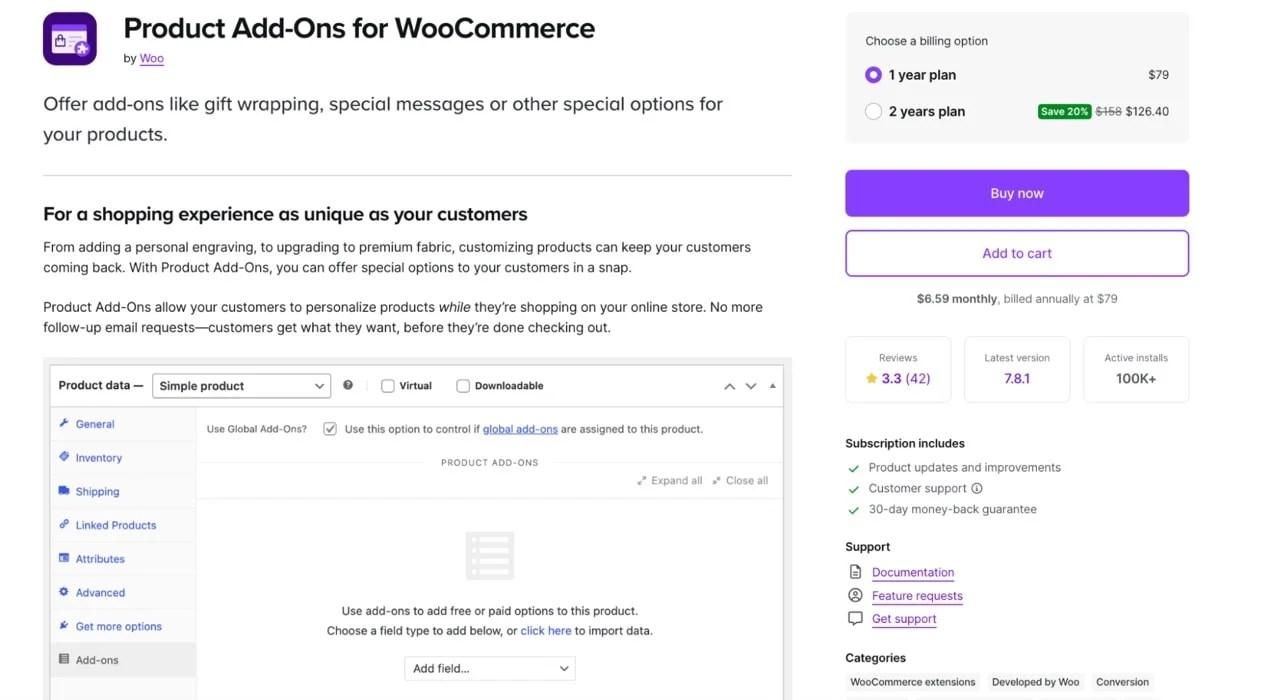
Are cross-sells and upsells working?
Regardless of the route you take to meet your legal obligations, make sure these are easy to find on your ecommerce website. Ask yourself:

Does your checkout process work?
While alt text is one aspect of accessibility, there are more considerations. Make sure your font size is large enough to read. Watch out for color combinations like green and red that may make it difficult for someone with color blindness to interpret graphics or text. Add subtitles to product videos so that someone with hearing impairments understands what’s being said. Learn more about why accessibility is so important.Your choice of web host can significantly impact your store’s performance, user experience, and ultimately, your ecommerce success. If you’ve chosen a proprietary ecommerce platform — like a Shopify store — that takes care of hosting for you, your only option for improving your hosting quality will be to upgrade your subscription tier. However, if you’re using WordPress with an ecommerce platform like WooCommerce, you can select any web hosting provider that suits your needs.
Are emails sent and received?
Your brand story is the launchpad for your store’s voice — your writing style, how you connect with customers, and how you portray your business in marketing campaigns all derive from your brand story. By telling visitors about yourself and how your business came to be, what your values are, and where your passions lie, you’ll create a personal and meaningful conversation with your customers around your brand.The last thing you want is for an interested customer to leave because they can’t figure out how to check out. Make sure there is a cart icon in the top right corner of your menu that, when expanded, includes a link to the Checkout page. Then, no matter where a customer is on your site, they can make a purchase in just a few clicks.
Do all forms work?
Go through your WordPress backend and delete unused themes, plugins, pages, media files, and posts. Not only can they add more load to your server, slowing down your site, things like unused themes and plugins can be vulnerable to hackers. Plus, outdated content on pages and posts may confuse customers if their content shows up on search engine results pages.
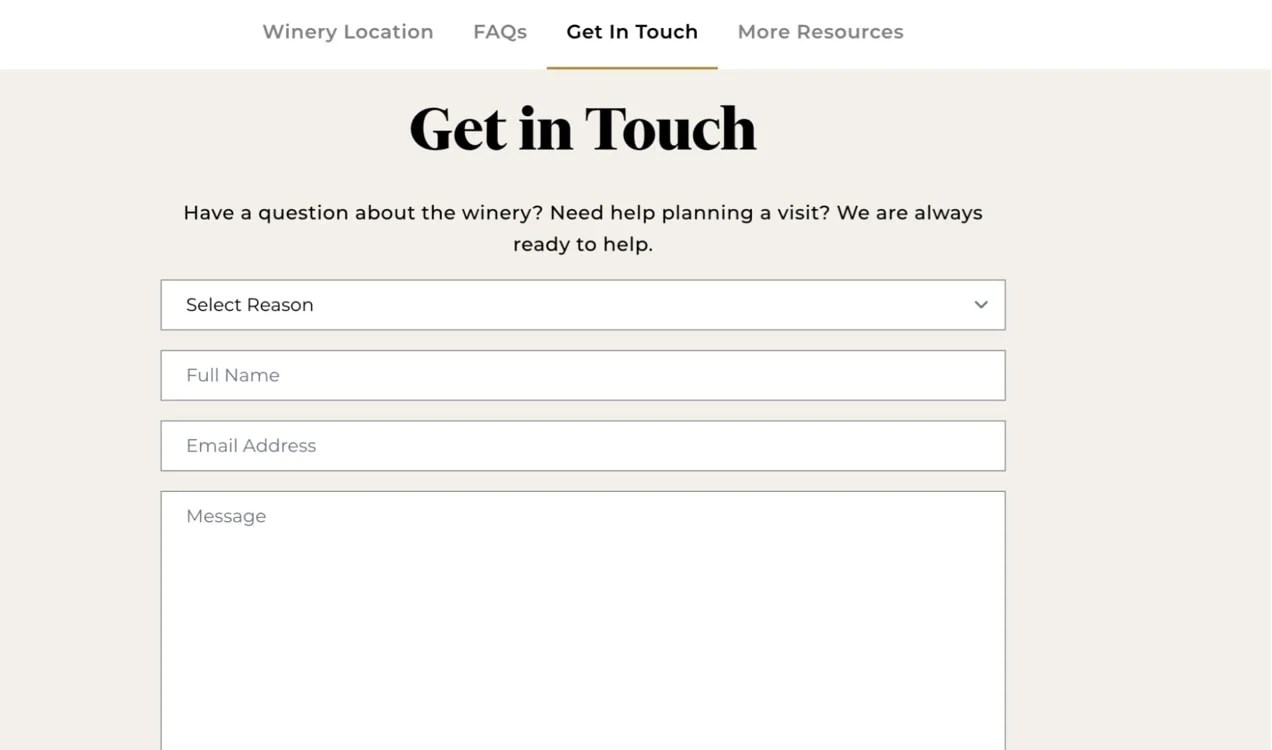
If you’re migrating from another platform, can existing customers access their orders?
Having the right legal infrastructure in place protects you from lawsuits and helps your customers understand how you use their data and how your store policies work. You may want to hire a lawyer to make sure you have everything set up to legally run your ecommerce business — it’s well worth the investment!
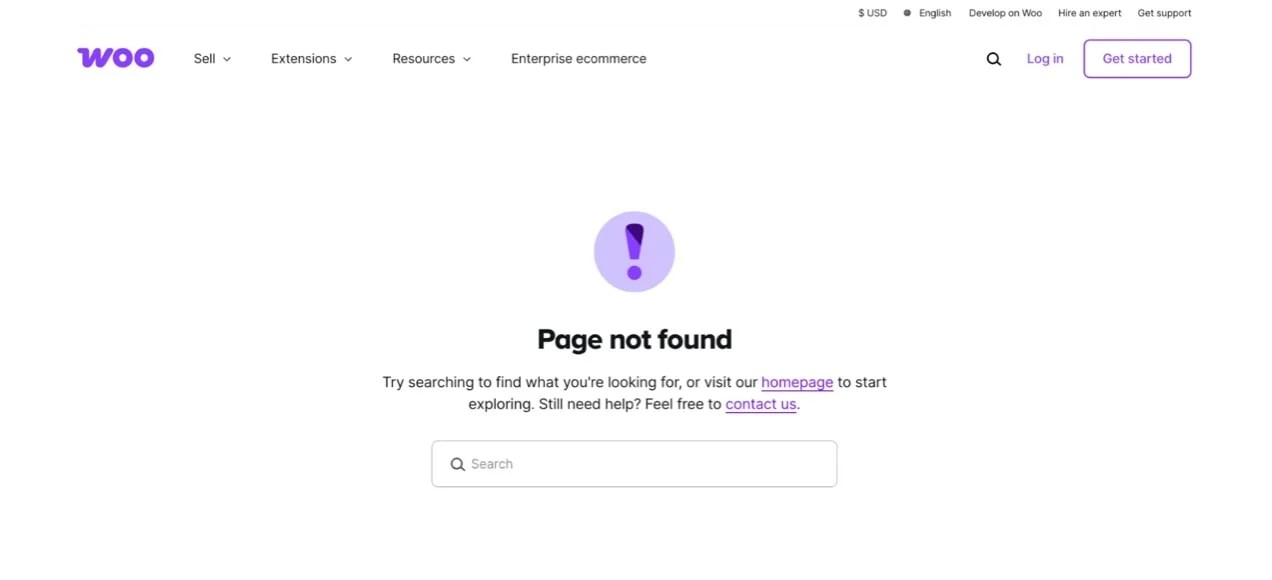
Is there a 404 page?
A consistent brand helps potential customers know they’re in the right place. Look through every page of your website for consistent logo usage, fonts, colors, image aesthetics, and layout styles. Make sure you check hover colors and effects for links and buttons to make sure they align with your branding.
Do your users have correct access permissions?
Use a combination of numbers, symbols, and letters that’s at least eight characters long. You may also want to consider two-factor authentication, which provides additional verification for administrators (like a code sent to your cell phone or authenticator app).Not only should your images look good across desktop and mobile devices, it should also use a responsive layout that can automatically adjust to the type of device the site is being displayed on. For example, horizontal navigation menus on a desktop display should collapse to a small hamburger-style menu on mobile. Columns of content distributed horizontally across the screen on a laptop should collapse into a vertical stack on an iPhone or Android device.
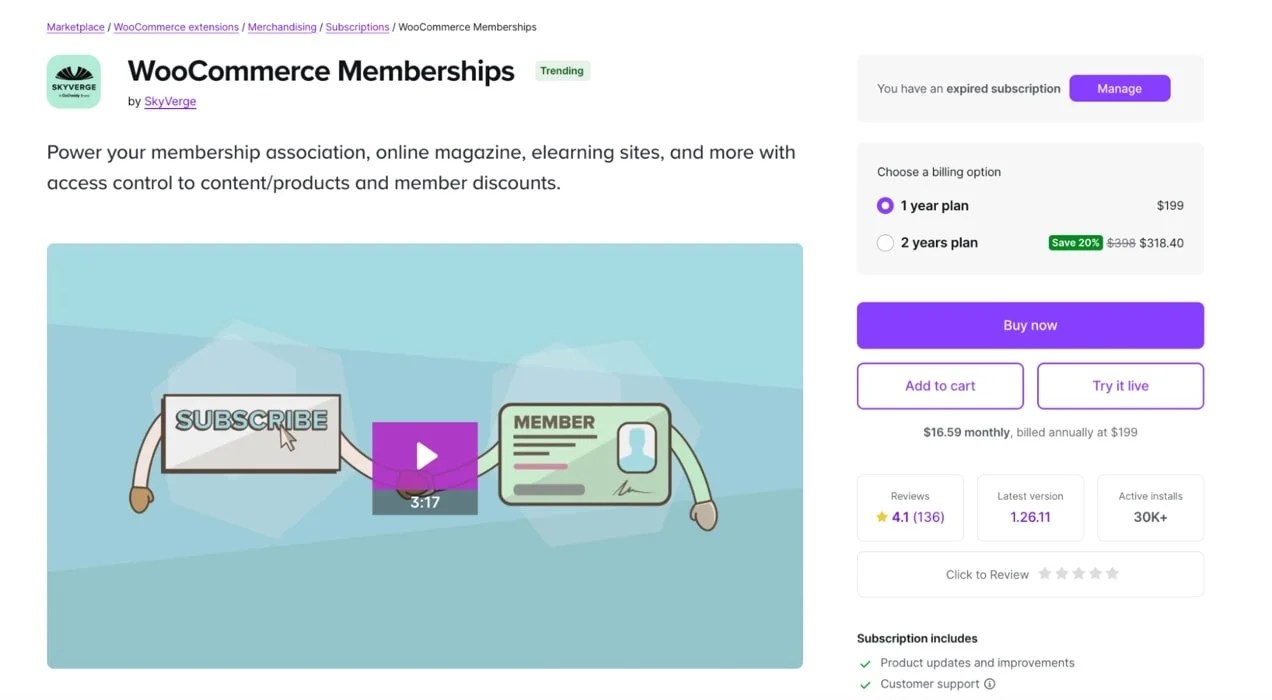
Proprietary ecommerce platforms spend a lot of money to attract and persuade decision makers, but that doesn’t mean they’re the best option. Launching a high-performing ecommerce site requires precision, collaboration, and attention to detail — especially for established businesses managing complex operations. Taxes are an important element of ecommerce businesses and you want to make sure they’re set up correctly. You can find your tax settings by going to WooCommerce → Settings → Tax. You’ll find several options there to fit your situation or you can also install the WooCommerce Tax extension to help you automatically configure sales tax.
Have you optimized your images?
Online stores handle sensitive customer data and all stores should be compliant with rules set by the Payment Card Industry Data Security Standard (PCI DSS). Look for a host that is a PCI DSS Level 1 service provider and provides security features like SSL certificates, firewalls, and DDoS protection.
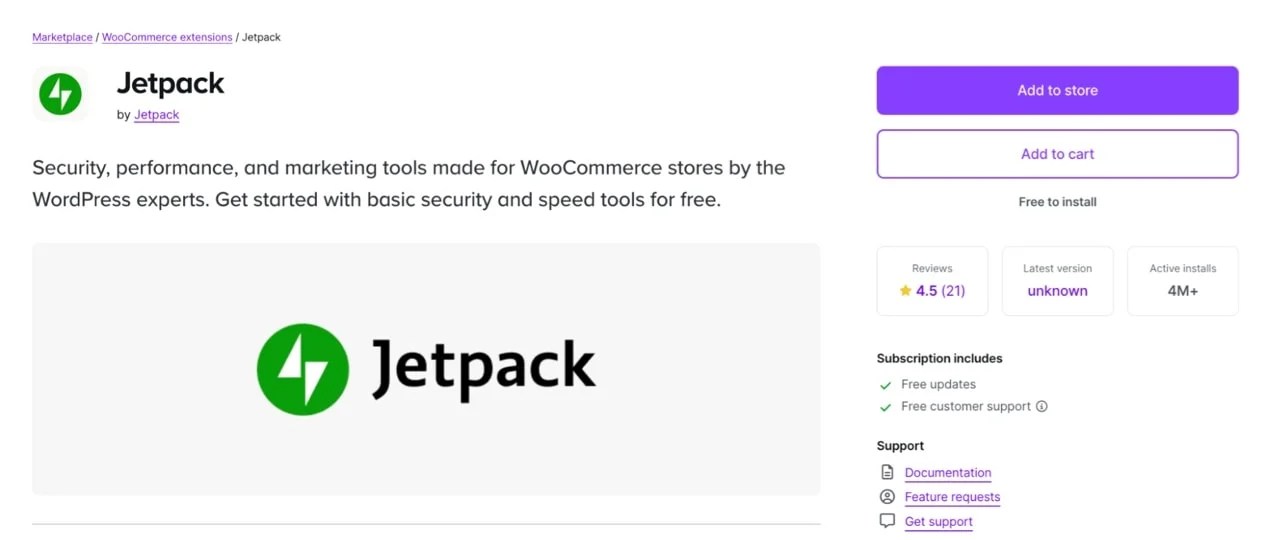
Have you implemented caching?
Serve compressed images that are sized appropriately for the device that they’ll be viewed on. We’ve created a detailed guide on optimizing your images so they load quickly that may be helpful if you’re not sure how to go about it.
Have you removed unnecessary files and data?
If you only have a few products, feature them prominently on the homepage and use appealing calls to action above the fold (the area that you first see upon page load) so that customers don’t even have to open the navigation menu to search.

Below are just a few steps you can take to optimize your site’s load time, but if you want a more comprehensive guide, you can check out this article explaining steps you can take to speed up your WooCommerce site.To make sure your images are optimized for display on higher-resolution devices, you can add a retina version that’s exactly two times the size of the original. Many themes include a way to do this or you can use a plugin like Perfect Images.
Are your products priced appropriately?
We’ve got a more in-depth article about why you should choose an open source ecommerce platform, if you want to dive deeper on that topic. But regardless of the solution you choose, make sure that it aligns with your capabilities, business model, marketing plan, goals, and values.An XML sitemap is essentially a blueprint of your ecommerce website that helps Google understand exactly what pages there are. You can easily generate a sitemap using Yoast SEO or a similar plugin and submit your sitemap to Google using Google Search Console.
Are taxes set up correctly?
What happens if someone goes to a bad link or types in an incorrect URL? A 404 page is a great way to guide people to what they’re looking for — make the most of it! Include links to important pages and a search box and you may be able to turn a mistake into a sale.Let’s get into the list.
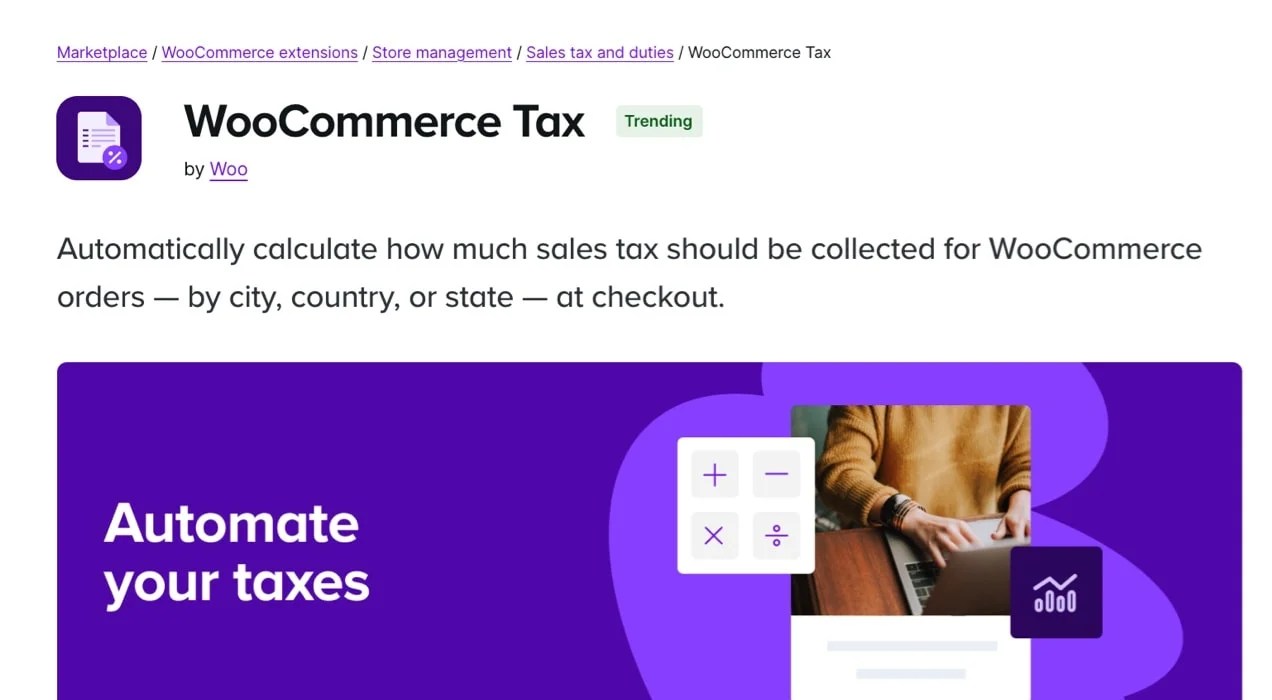
Are your payment gateways set up correctly and connected to your bank account?
As a store owner, you want satisfied customers that have a great user experience on your site and enjoy the products that you sell, but all the happy shoppers in the world won’t make a difference if you don’t have your financial side set up correctly. Poorly thought-out pricing, failing to set up sales tax properly, and misconfigured payment options can all lead to disastrous results.
Does currency change appropriately?
If you’vemigrated from another ecommerce platform, make sure that customers can log in and view existing tracking information, order history, and subscriptions, if applicable. You’ll also want to back up all of your orders from your previous ecommerce site.
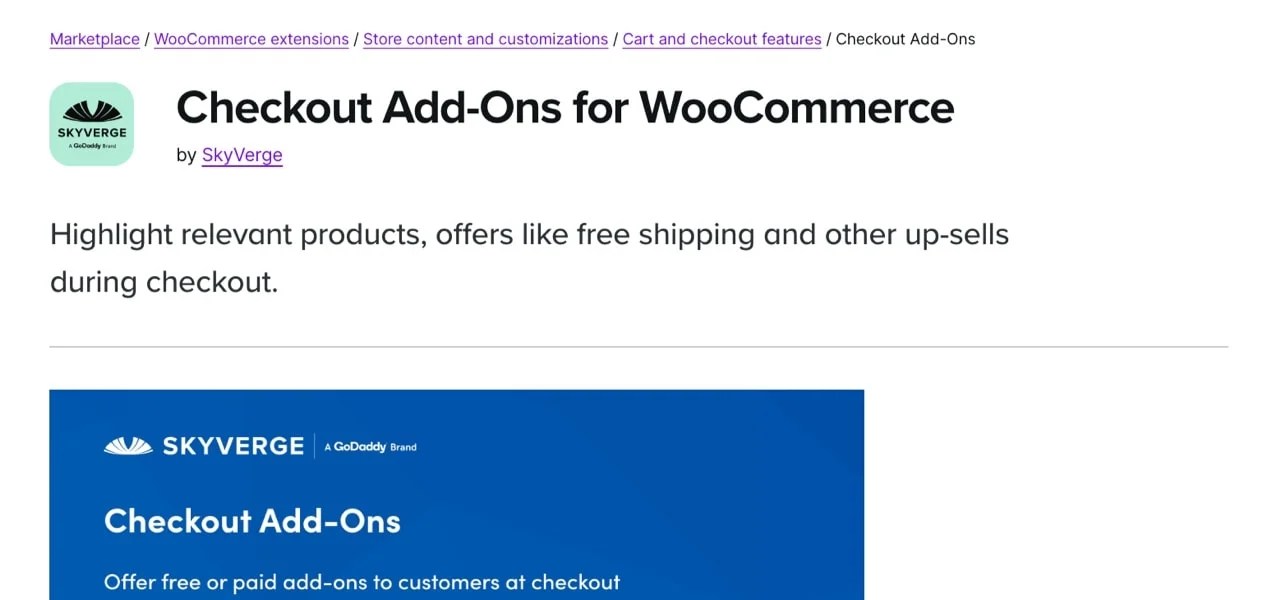
Fortunately there are some online services that allow you to create legally-compliant policies for your ecommerce site that update automatically.Emotional connection is extremely valuable in reaching new fans as well as encouraging brand loyalty. And what better way to connect with others than through storytelling?

Is your inventory set up?
Make sure you’re using an email marketing platform like Klaviyo or MailPoet to send special offers, news updates, blog posts, and other useful content that can drive sales.If you have variable products, try switching variations and make sure that prices, variation descriptions, and featured images change appropriately.
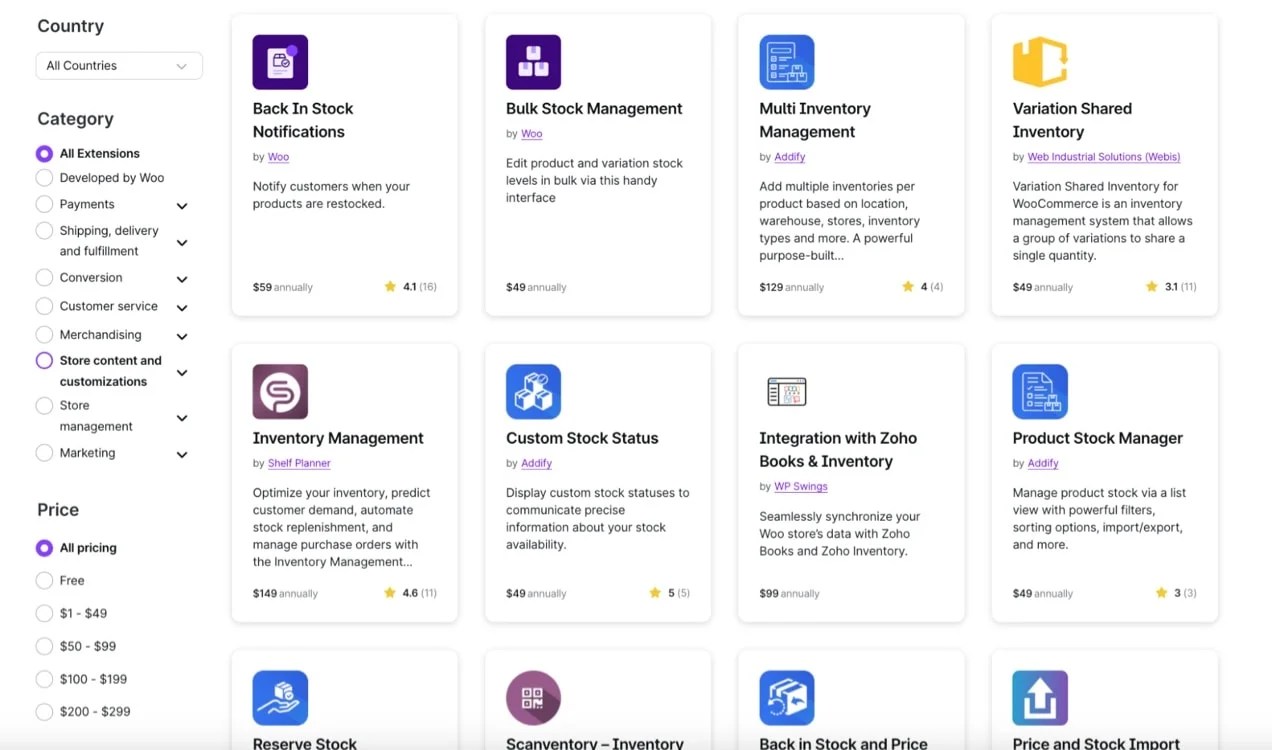
Do variations work?
Alt text plays a very important role in ecommerce SEO for a couple of reasons. One, it’s a primary way that Google “reads” your images and understands what they display. Two, screen readers read alt text aloud to help those that are visually impaired understand the content. Your alt text should be descriptive of the image and also contain your target keyword in a natural way.
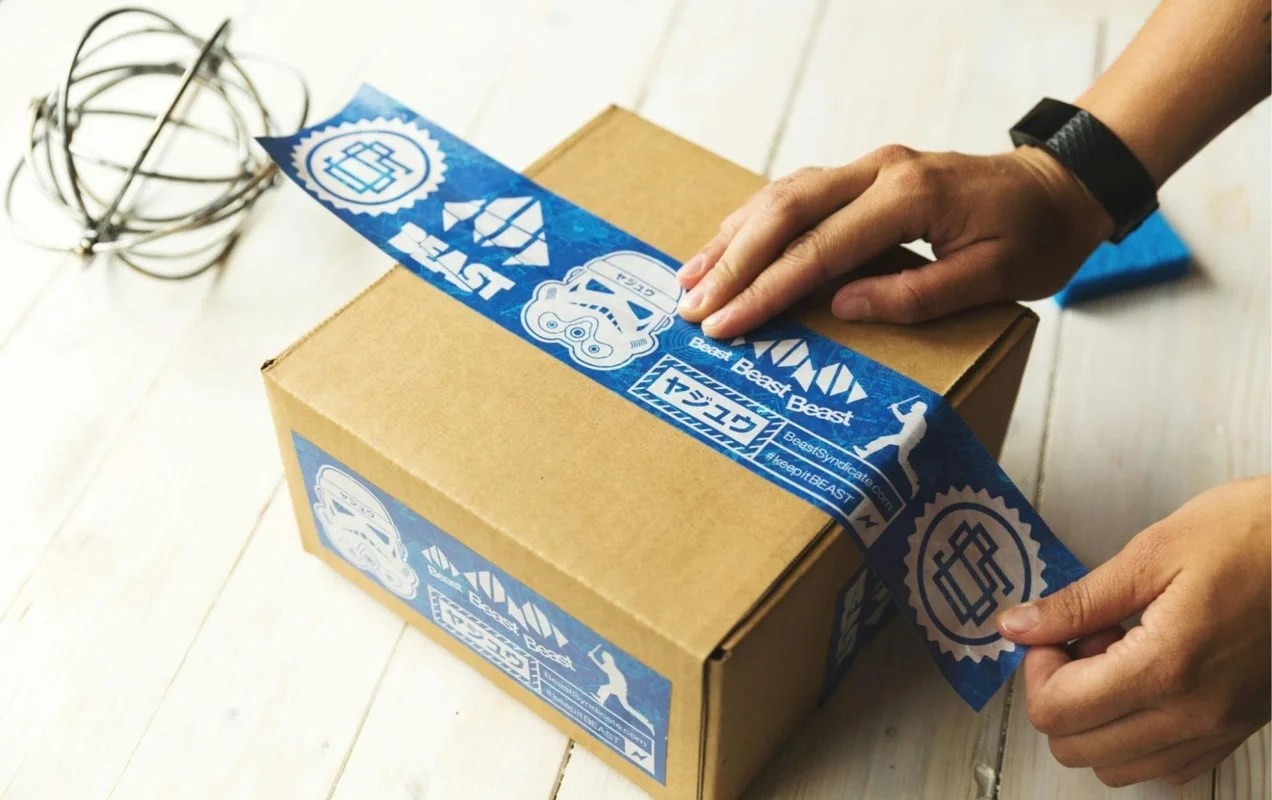
Is your shipping working?
A good privacy policy explains exactly how you’ll handle customer information and data on your ecommerce website. It establishes credibility and is an important layer of protection for your business. You can add a link to your privacy policy on your Checkout page by going to WooCommerce → Settings → Advanced and selecting a Privacy Policy page.
Do you have a return policy?
Our TL;DR of hosting: Why not choose a host that’s built for WooCommerce, allowing for easy scalability and dedicated support? At Automattic, Woo’s parent company, we have three hosting providers:
If products are digital, are they delivered upon purchase?
An SSL certificate encrypts and protects sensitive information, like your customers’ credit card data. Not only is it important from a legal and ethical standpoint, Google also flags websites without an SSL certificate as “insecure.” This can have a negative effect on your visitors’ perception of your brand, or worse — prevent them from accessing your site at all.

What is a proprietary platform? It’s one where the company that develops and manages the platform controls the code. It requires you to host your site with their hosting services, and if you accidentally violate one of their terms of service, they can permanently remove your store from their platform without giving you a reason why. Whether your shipping calculations are weight-based, product-based, or cart-based, try different combinations to make sure the numbers come out correctly. Check all of the shipping methods that you have available and try different shipping locations. You’ll also want to make sure that any shipping labels you have set up are working.
Do you have a way to follow up with customers?
For a more in-depth guide, you can read our article about how to set up sales tax on your WooCommerce website. Regardless of how you choose to manage sales tax on your site, we do recommend consulting with an accountant or tax professional to ensure you’re taking the right steps.
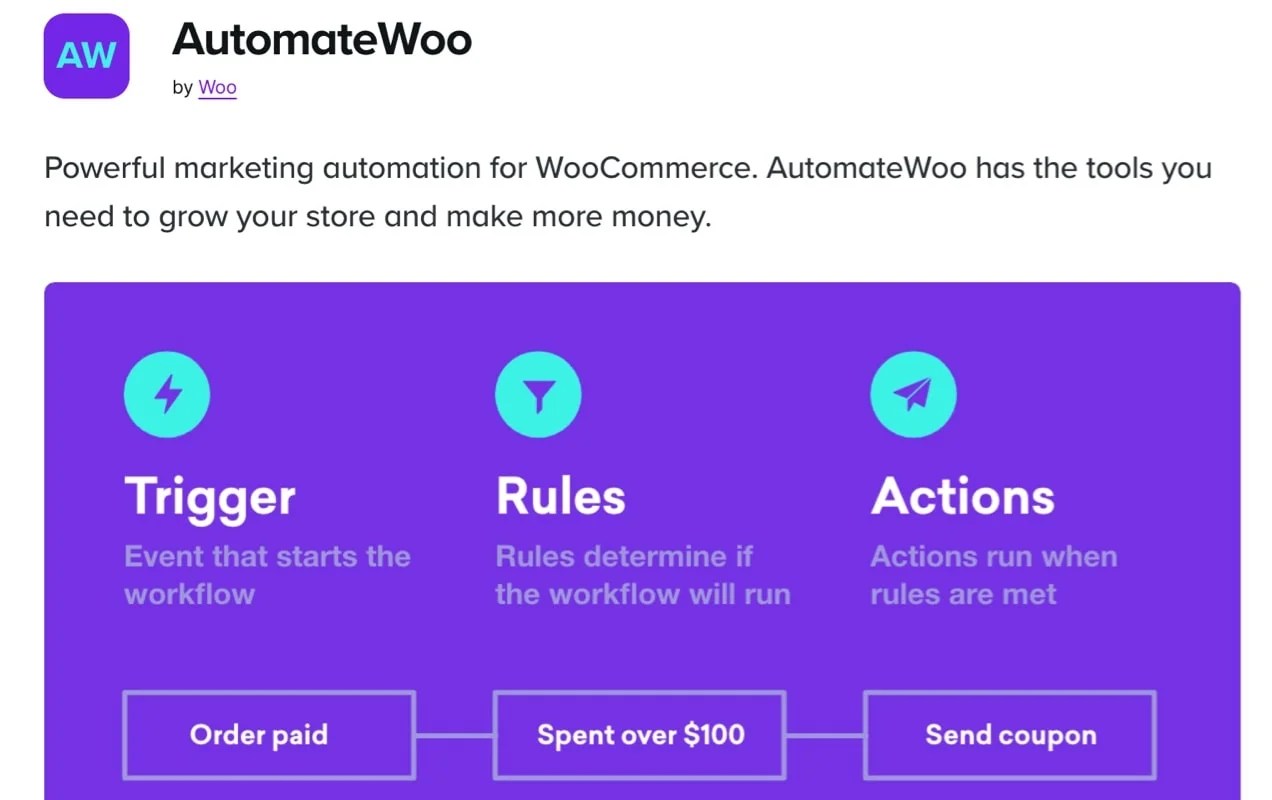
Are you using email marketing?
Once you’ve chosen your platforms, you’ll want to make sure your products and advertisements are set up correctly. If you share a product on Facebook, does the right photo show up? Is your TikTok shop connected to your WooCommerce store? Are your meta titles and descriptions correct? If you need help managing some of this, the Yoast SEO plugin will allow you to edit your products’ appearance on social media.Go through each of your products and make sure that the inventory levels are up-to-date and correct. You can edit your inventory settings by going to WooCommerce → Settings → Products → Inventory and update stock quantities on each individual product page.
Do you have a social media marketing strategy?
Downtime can lead to lost sales, and hosting companies know this. That’s why the industry standard in uptime is 99.99%. If your host does not offer an uptime guarantee or have a track record of performing at, near, or above that 99.9% standard — steer clear.
How do your products look on social media platforms?
It’s always better to overestimate than underestimate your resource needs and ensure that your host can handle peak traffic and user activity expectations.
Are you tracking your ad campaign performance?
Once your store is live, you need a way to drive potential customers to it. And once you have customers, you need to keep them engaged and coming back. On top of that, you need a way to check that your marketing plan is working.WooCommerce also offers a variety of extensions that help you sync inventory with your warehouse, Amazon store, eBay store, or other platform.
Are you taking advantage of content marketing?
To make launching your site faster and easier, WooCommerce has some great responsive themes available in the WooCommerce Themes library.
Are you using Google Analytics?
If your customers have to wait for your website to load, they’ll go somewhere else. In fact, 53% of consumers will leave a website if it takes longer than three seconds to load. Google Analytics not only monitors sales and ad performance, it also tracks a wide variety of user behavior, demographics, and traffic sources. This data can help you better understand who is visiting your site, how long they stay there, the keywords they use in search to find you, what devices they use to access your site, and more.

Don’t lose high-intent customers: 50% of U.S. consumers will abandon their cart if checkout takes longer than 30 seconds. So, making the purchasing process quick and easy is crucial to getting sales. You can optimize your checkout by:Reliable support is essential, even if you’re a technical expert. Some website issues can only be handled by your host’s support staff (like server outages and account issues) and if those issues are causing downtime on your site, it can dramatically affect your ecommerce business or your agency’s reputation. Look for hosts that offer 24/7 customer support via multiple channels.
Do you have compelling meta descriptions and rich snippets?
Review your product pages and make sure each product description is compelling, contains important information like size charts, color variations, material content, etc. and is free from grammatical and spelling errors. About
Do all of your images have alt text?
Estimate the amount of traffic you expect. A new online business might not need the same resources as an established one with thousands of daily visitors. But even a site with fewer visitors may need robust server resources due to intensive software and processes that are triggered by visitor activity on the site (e.g. forums or online courses).

Have you considered accessibility?
Are the business address, email address, and phone number easy to find? It’s a standard expectation that you have a contact page with multiple ways for your customers to get in touch. But it can also be helpful to put your customer support information in your site’s footer or offer chat bot support to help customers get connected with you quickly.
Are you using good titles?
You may have other specialty extensions installed, like Product Add-Ons or Mix and Match Products. You’ll want to double check that all your extensions are working together without issue. Most extensions will also have a list of known compatibility issues in their documentation, so you should review that information before you purchase and install any particular extension.
What is your URL structure?
A big part of your marketing plan should be tracking its effectiveness. Google search and display ads as well as social media advertising can all be a huge driver of sales, but you also need to make sure that your ads aren’t costing you more than you’re making with each conversion.

Do you have a sitemap and have you submitted it to Google?
Often, customers just want to find your site search feature and type in the name of or type of product they are looking for. Test your search functionality using product names as well as less specific keywords such as “black striped sundress.” Your hosting needs will grow as your business expands. Choose a host that can easily scale with your ecommerce store. Some hosts offer autoscaling for occasional surges in site traffic. Autoscaling provides increased bandwidth so that a spike in visitors due to a viral social media post, flash sale, or hacking attempt doesn’t bring down your site.
Do you have a firewall set up?
The title of your products should be concise and descriptive. Do some keyword research to make sure that you’re formulating product titles that people are searching for. Remember, this is what they’ll see when searching for products on search engines!
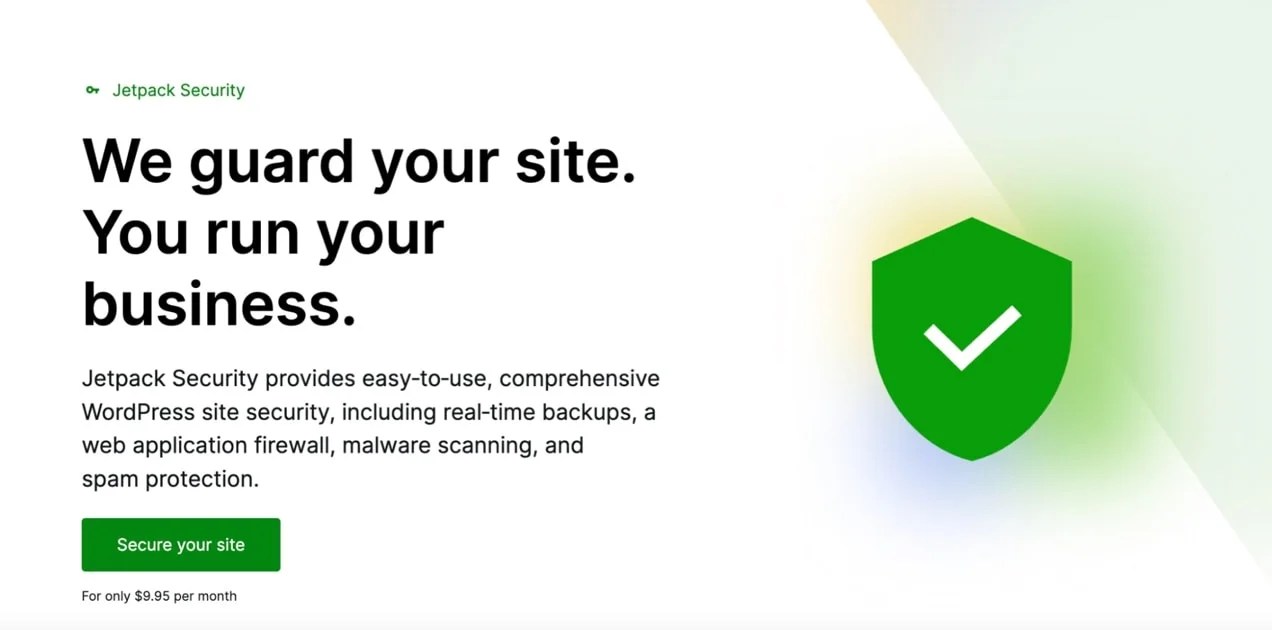
Do you have an SSL certificate?
Before committing to any platform, read their terms of service closely. Some require that you grant them royalty-free, non-exclusive, unrestricted license to everything you upload to their service (including using those materials to train their AI systems).
Are you using strong passwords?
SEO is a term with a lot of buzz around it, but for good reason. Search Engine Optimization is the art of being found on platforms like Google when people are looking for something you offer.

Do you have a spam filter set up?
If you sell digital products on your ecommerce site, make sure that the right files are uploaded and delivered successfully after purchase. Go to WooCommerce → Settings → Products → Downloadable Products to view options for file delivery.
Do you have backups enabled?
Here are a few important ecommerce web design considerations:
Is everything updated?
The final thing you should do before launch is to have real people test your site. Ask employees, friends, family or, better yet, members of your target audience to use the site and note anything they find difficult or confusing. There’s nothing better than having a fresh set of unbiased eyes going through everything.An important part of branding is making sure your customers know it’s you, and not an imposter or phishing scheme, when they visit your site. Struggling to come up with the right custom domain name? Check out our article on how to choose a domain name for some guidance.Many devices have retina display screens, which have a higher density of pixels and make content look crisper. If you’re serving up lower resolution images, they may look fuzzy on a 4k monitor or a smartphone.Check every link on all pages, products, headers, and footers and ensure that they are working. This is not only important from a functionality standpoint, but it’s important for SEO, too.You can spend a lot of time and money on the nuances of every aspect of ecommerce SEO — like keyword research, including the right number of internal links, perfecting your content length, and obsessing over analytics tools — but simply doing the basics right will put you a step ahead of most new ecommerce stores. Content marketing can help your store sell in multiple ways. You can create gift guides that inspire your customers, use blog posts about your business and products that include target keywords to improve SEO, and craft how-to guides and tutorials to help customers better understand how to use your products.
Do you have strong terms and conditions?
If someone abandons their cart, do you have a way to follow up with them? It’s rare for a customer to make a purchase the first time they visit your site, so make sure you have the measures in place to reach back out. Extensions like AutomateWoo or your own email marketing software can help with this.

Do you have a privacy policy?
So if your website is taking longer than three seconds to load, check to see what’s slowing your site down and fix those issues before you launch.
Have you considered GDPR?
Here are a few marketing considerations to check off your ecommerce launch checklist before you share your site with the world.This is particularly important if you have post comments or product reviews enabled. It’ll keep your site more secure and save you tons of time filtering through spam. A great solution is Askimet — just set it up and you won’t have to worry about spam again!Here are a few inventory and shipping-related things you should tick off your launch checklist before you go live:Regular backups are an absolute must to protect your site against data loss if someone hacks it or you accidentally delete important content. Make sure your host provides automatic backups and an easy method of restoring those backups to your live site.
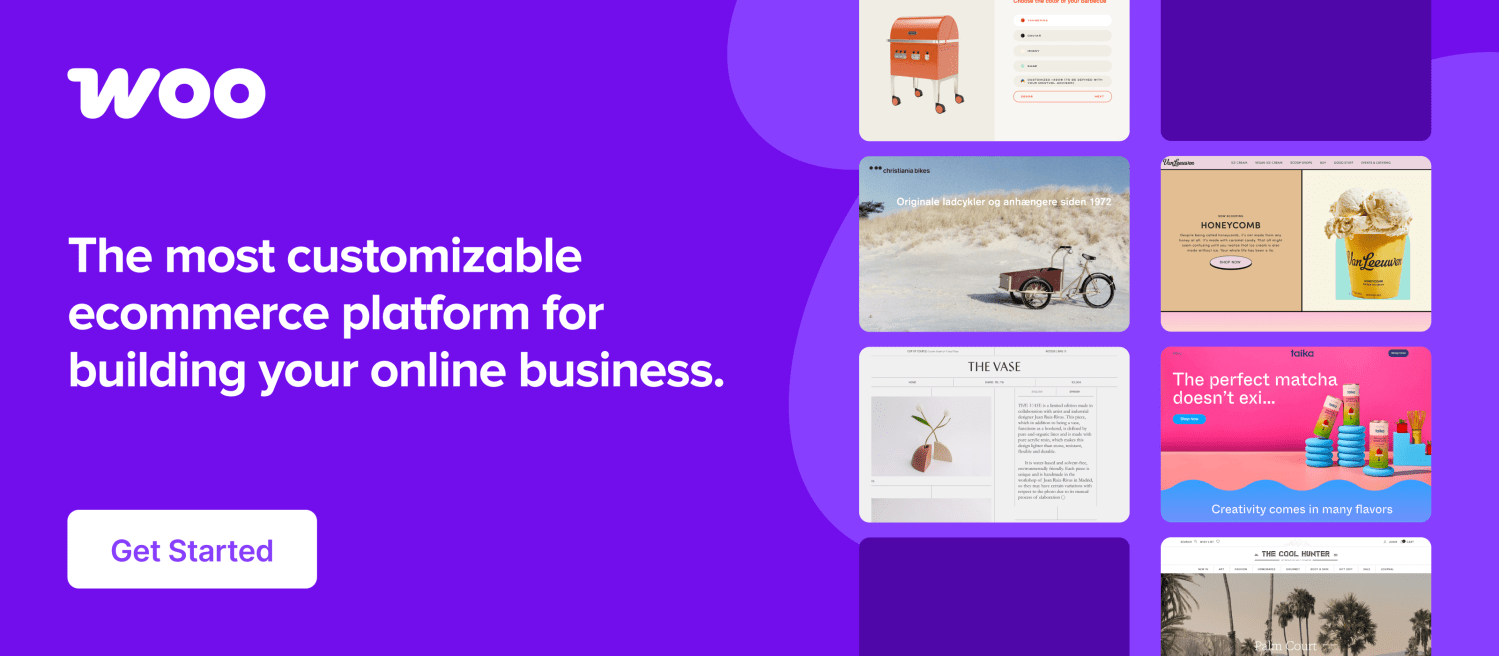
Tools like WooCommerce Advanced Analytics Pro can give you even more advanced insights into important ecommerce metrics like average order value, conversion rate, sales by product or category, and even order refunds and cancellations. All this information can be used to help inform your approach to multiple aspects of your business and marketing strategy, including ecommerce SEO, email marketing, web design, and social media.
You’ve made sure emails are being sent and received, you’ve confirmed checkout is working, but you may have other forms on your site like email signup forms, contact page forms, or event registration forms. Make sure that your customer is able to submit information and receives a confirmation page or email and that you received the form submission.


